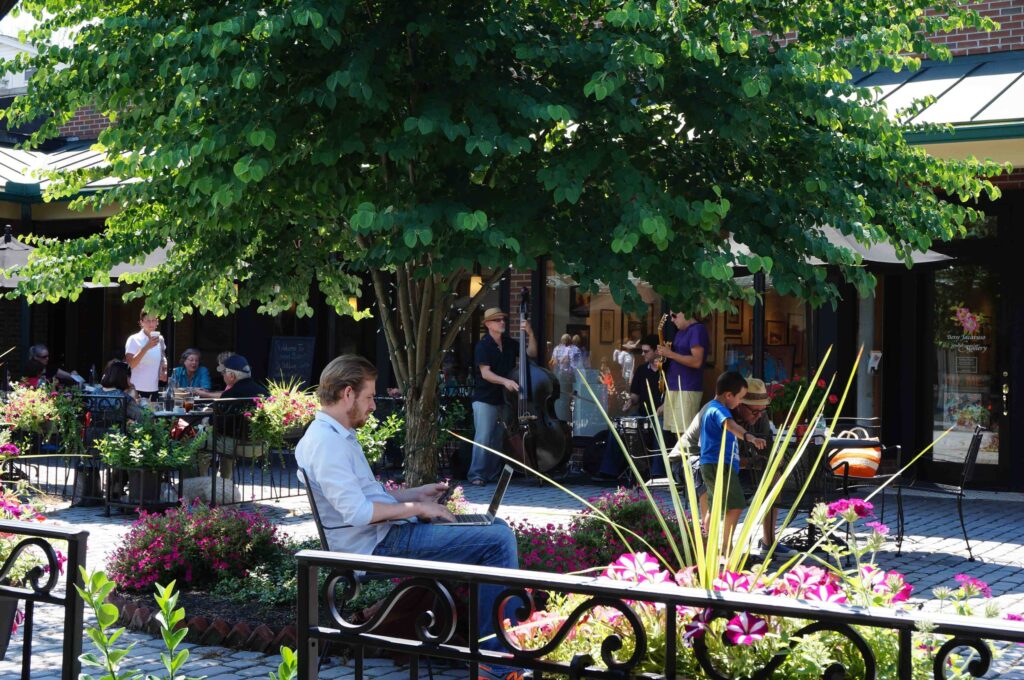When we move into a new home, what’s the first thing we do?
We make it our own.
Whether it’s furniture, paint, art, or lawn ornaments, humans are hardwired to personalize the places in which we live. To differentiate them from those of our neighbors. To create a place in which we feel good. To make them a home.
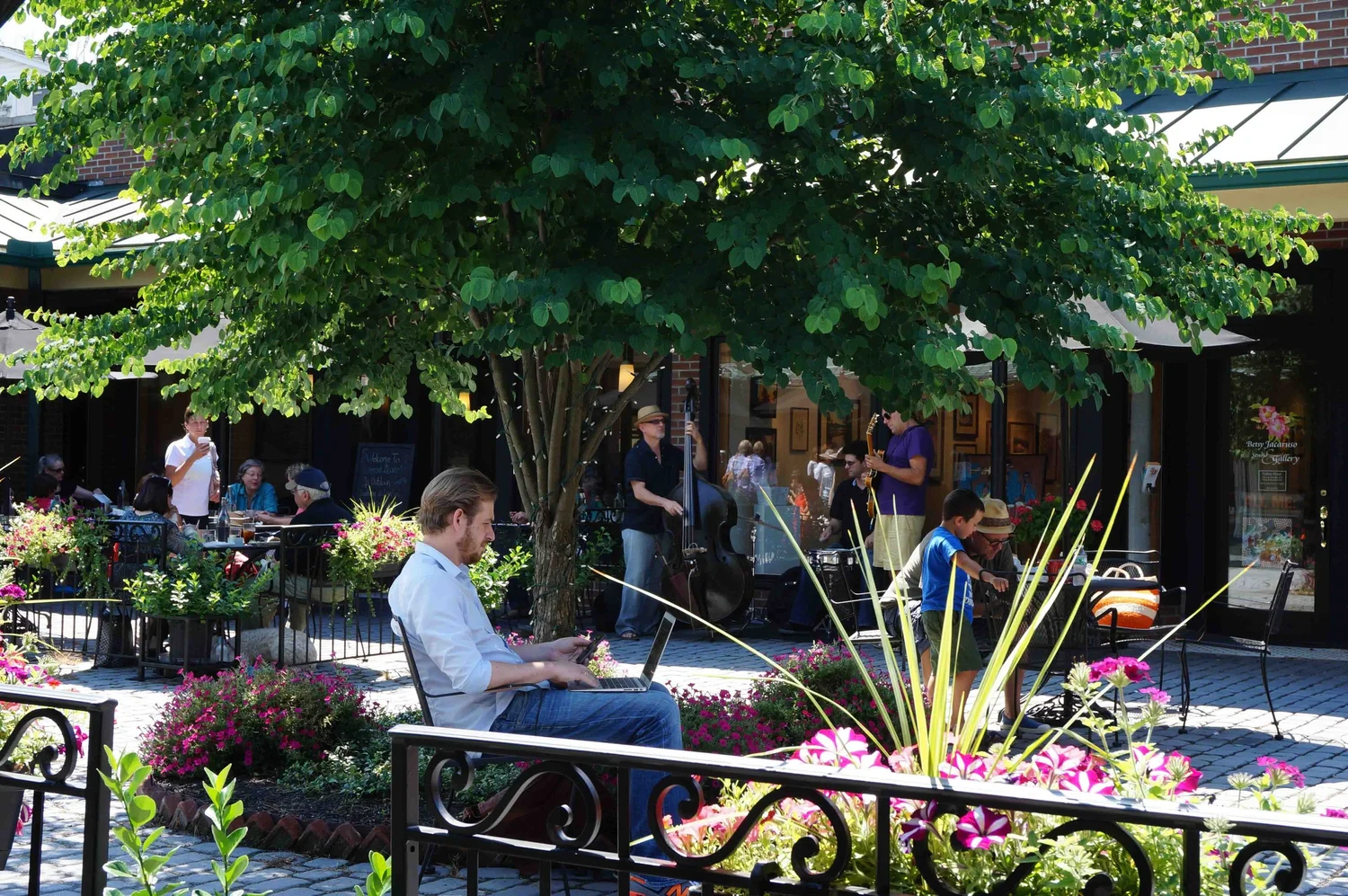
The question then is why does this so rarely translate to the design of our cities and neighborhoods? Why do we have to fight for ourselves as humans for the public places in which we can feel alive? Why is the city building process so normalized to scraping clean every artifact that makes us feel good and replacing it with big, boring, uniform rectangles?
We wouldn’t tolerate it in our homes. Why has it become the default for our cities?
Places first, boxes second
Humans are creatures and like every other creature they look for habitats in which they feel comfort and nourishment. In our cities, that often translates to public spaces in which they can feel good.
And studies have shown that, when we feel more attached to our neighborhoods, we’re more likely to invest our time and money there.
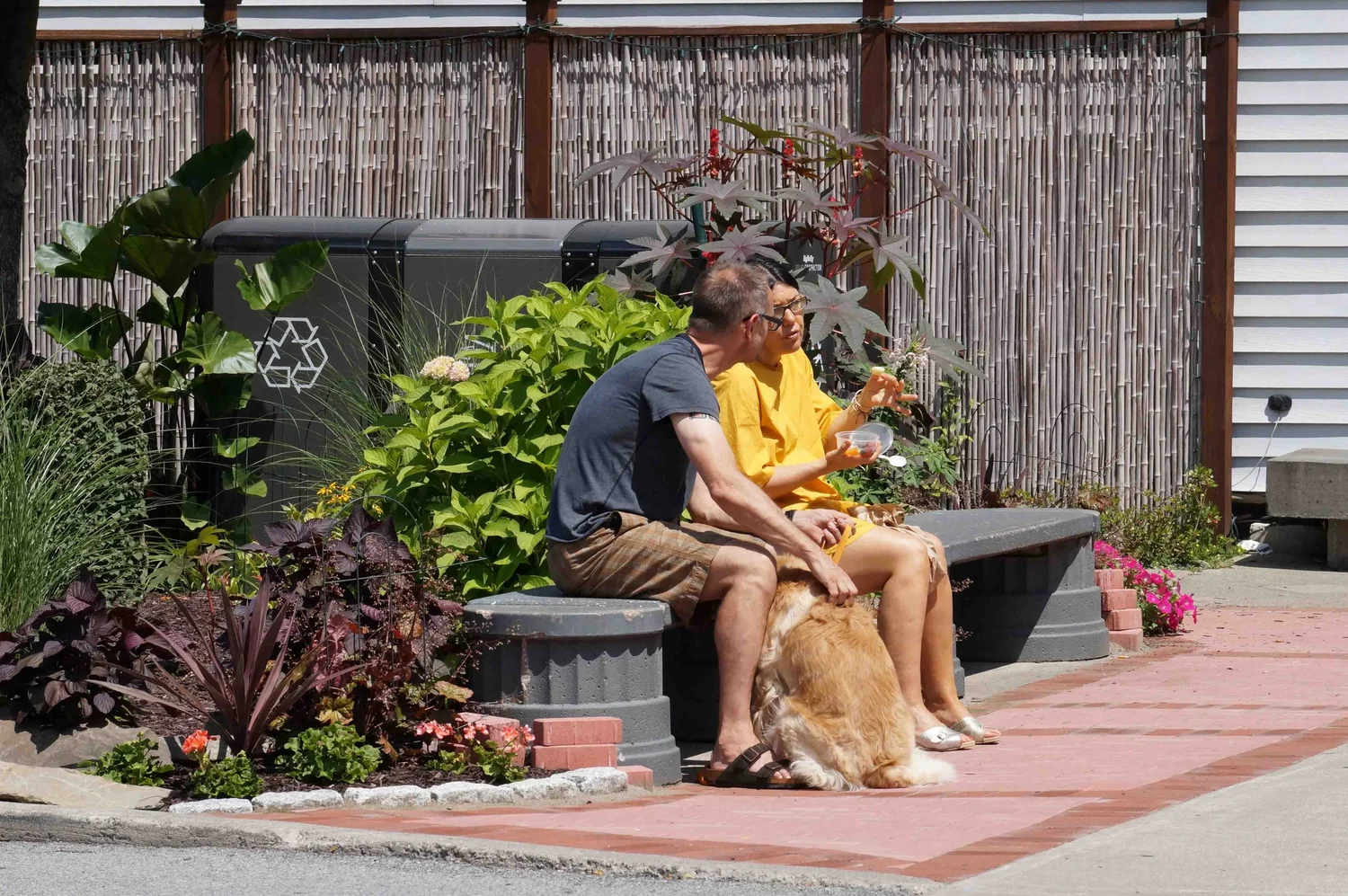
Too often, though, the creation of places seems to be approached from the wrong direction. Instead of prioritizing places that foster life and engage our senses, urban development proceeds relentlessly in favor of building nothing but boxes, maximized on every block as if humans were an inconvenience that should make their way around them.
The process is more about filling space than creating a place. You and I become the last priority.
Places need to be the armature of planning and design. And we can’t just concentrate on filling those places. We must put people first in planning and design instead of building cities that erase all that is meaningful about the places in which they exist and the people who call those places home.
Case in Point
You can see evidence of how not to do it all over our cities.
I was in Austin recently and was appalled at how streets that have been surrendered to soulless rectangles – domineering buildings that erase all comfort for the human being. The building of boxes had taken over all other considerations. Yet, nearby, on the University of Texas campus, you see people socializing and lounging in beautiful, comfortable spaces.
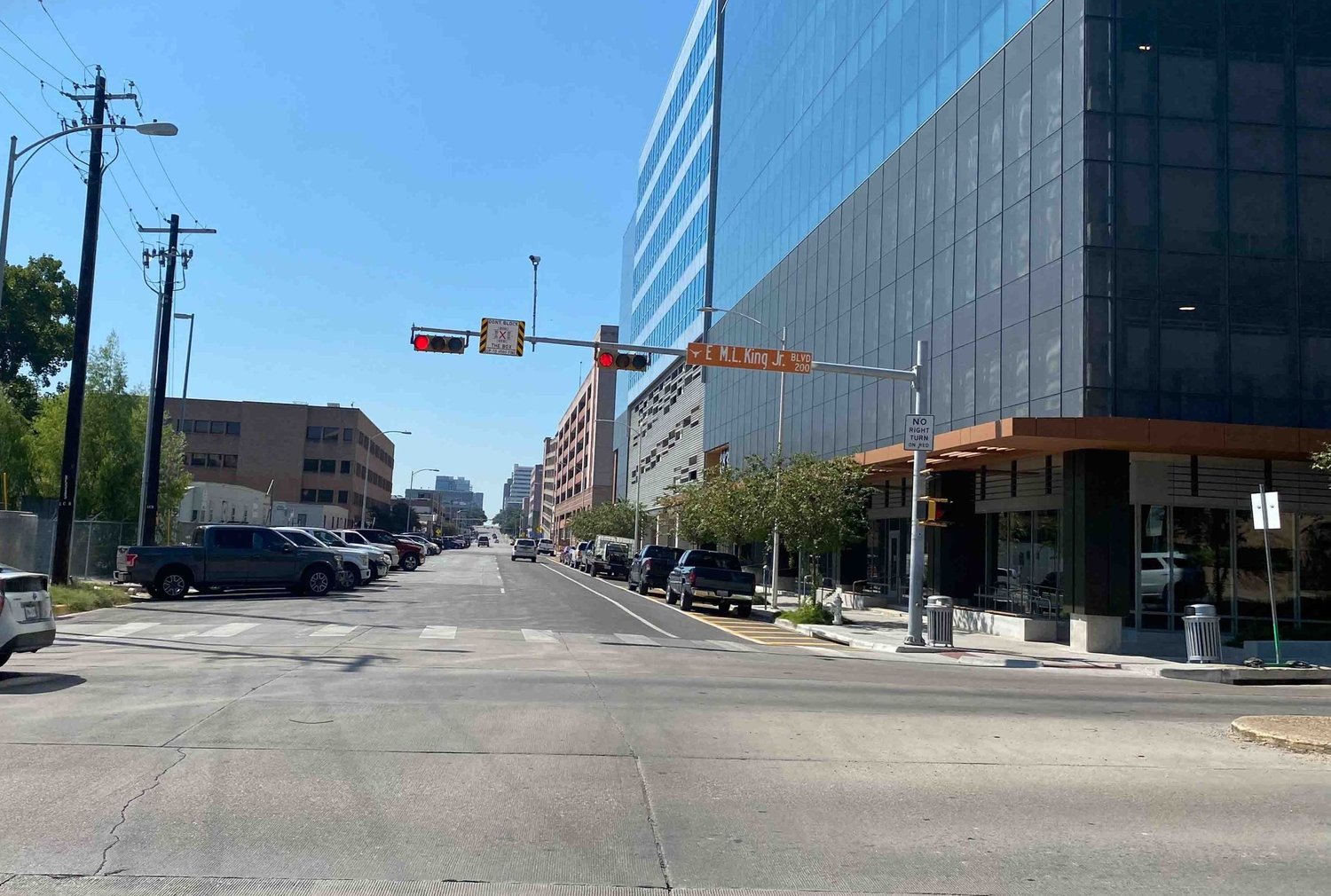
Why do we have to scramble our way through cities searching, often in vain, to find these vibrant places instead of using them as a central armature and planning around that armature?
Or look at Kendall Square in Cambridge, MA, an “innovation district” that has been built up over the last 30 years, one of the world’s greatest concentrations of smart people. Approximately 100 acres of Cambridge, one of the most livable cities on earth, has been removed from human circulation and turned over to impersonal rectangles. I honestly don’t get it – can’t we do urban economic development and build places where people feel human all at the same time?

People move to attractive, vibrant places where people are welcoming and friendly. Put simply, high-performing habitats = high-performing cities.
So, how do we achieve those high-performing habitats as opposed to just talking about them?
Turn the development process around. Start by defining a framework of high-quality places where people will spend their time in public – for recreation, shopping, dining, relaxing, and socializing. Connect those places to each other through walkable environments, and then plan and design buildings that integrate into these community hubs. Put another way, start by creating a placemaking framework plan.
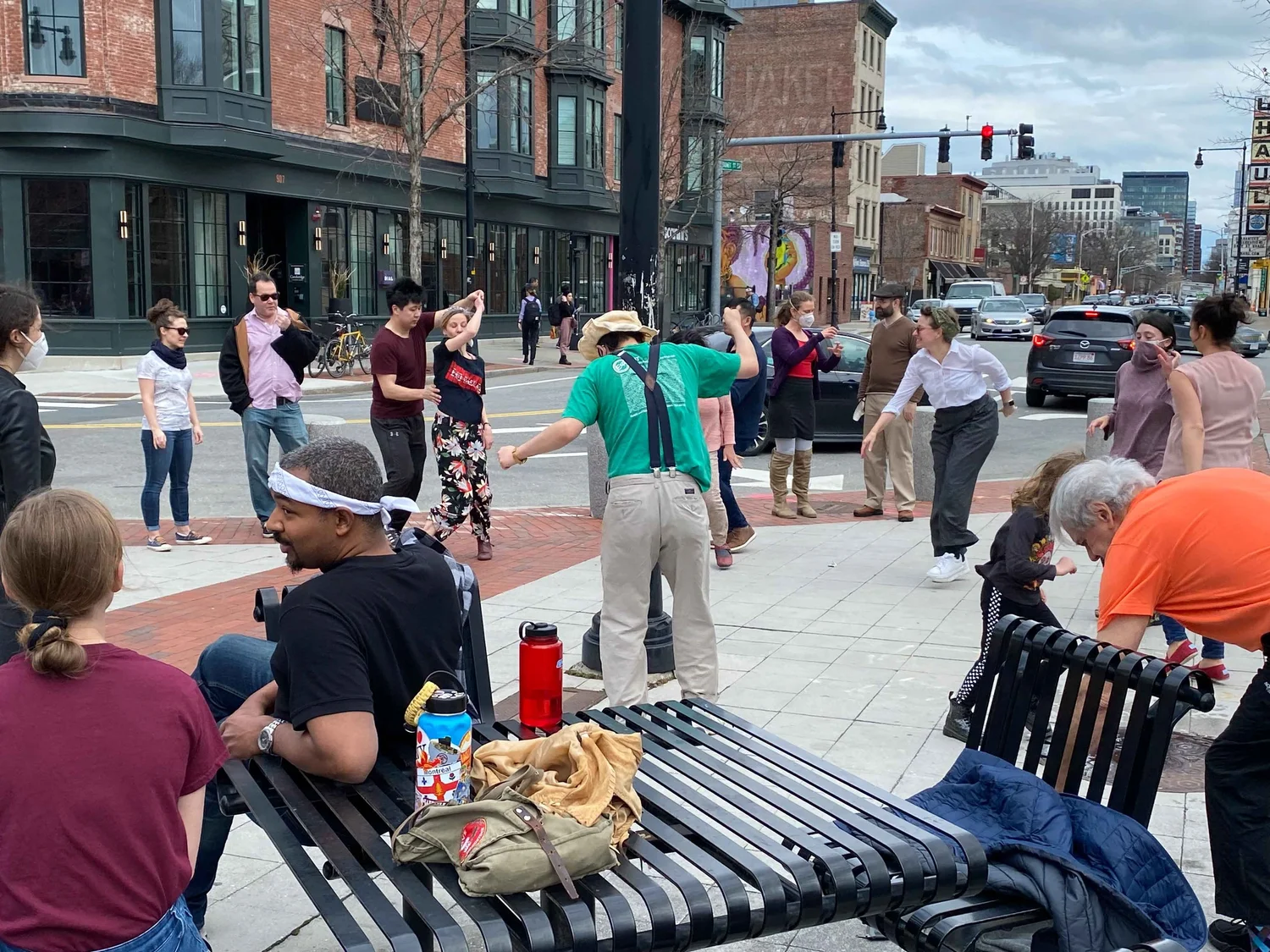
You’ve got to build a place that speaks to people – a place that builds the soul of a community as opposed to erasing it.

